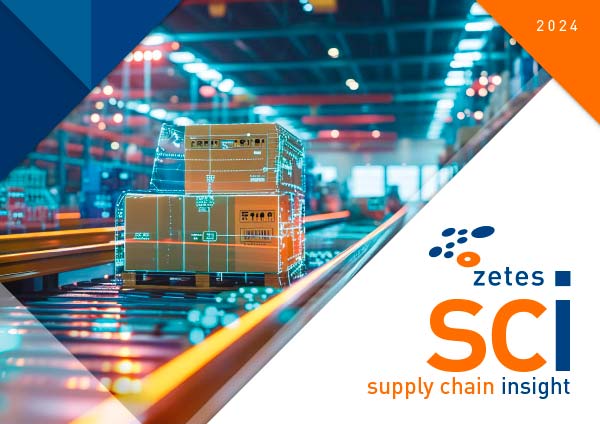For retailers with multiple outlets, implementing solutions able to maintain inventory control and in-store operational needs is not hard. The real issue is how to cost-effectively and efficiently manage those solutions across branches and borders.
Not just one lost sale at stake, but potentially many
Consumers have never been more demanding of instant gratification. Or more fickle. Experienced retailers know this, just as they know the dangers of a mishandled click & collect order, an out of stock situation, or slow service. It’s not just a single lost sale at stake, but potentially, many future sales. An age-old retail nightmare, but not something to lose sleep over.
In fact, this problem is easily resolved. Many automated in-store solutions addressing inventory control and stock management exist today. The best of these, designed to streamline in-store operations; optimise inventory accuracy, increase efficiency and stock visibility, deliver all the classic benefits of a good in-store solution. The bigger question is: at what cost?
Capital or operational expenditure?
Implementation of in-store solutions requires substantial investment in IT infrastructure - hardware, software and licenses. Time taken by staff to feed in, retrieve data and maintain the system costs valuable customer facing time and sales opportunities. Even more costly is the need for local IT resources to handle infrastructure and database maintenance, solution upgrades and deployment support for new or changed applications, store by store, as needed. This is the real concern for retailers today.
“ Major retailers have two main preoccupations: keeping costs under control and increasing customer satisfaction ,” says Jordi Soler, Technology Development Manager at Zetes.
For merchandisers running multiple stores across several countries, the cloud offers a flexible and cost-effective answer to the challenge of tackling both issues simultaneously .
Cloud approach
Unlike traditional systems where in-store data capture and mobility solutions are centrally hosted on the customer’s own server environment, the cloud allows all a customer’s applications and data to be sent to, or accessed directly from, mobile terminals used on the shop floor. This ensures effortless communication between a retailer’s headquarters and thousands of remote devices located anywhere in the world, providing 100% accurate visibility, in all stores.
A single person can manage mobile apps and devices of thousands of users
Remote management and deployment of in-store solutions remains firmly in the hands of the retailer. They have access to all the tools, including cost-free access to source codes, upgrades or changing application details. Whether it is a planned global deployment of a new application or changes to a price list where all stores need to be aligned by a certain date. Equally day to day operational adjustments for goods receiving, returns, write-ons, write-offs and ticketing can be managed. In individual stores, full mobile device monitoring and near time or real time transaction deployment c an be realised from one centrally located desktop . Changes to mobile apps can be written, stored and deployed within hours.
Cross border IT support
“ One of Europe’s major clothing retailers is already using Zetes’ cloud-based platform ZetesAthena and enjoying its benefits in more than 1800 stores across 63 countries, utilising 5 different in-store device models ”, says Gareth Thomas, Business Consultancy Manager, Zetes UK & Nordics. “ Thanks to the availability of regional Zetes deployment & maintenance teams and the trouble shooting support of local help desks offering assistance in local languages, the customer has the best of both worlds. They have a centralised solution approach with all the associated cost, risk and customised functional benefits, plus the possibility of managing different branches without the cost of maintaining local IT departments .”
Fast, easy deployment & no hidden costs
Whilst the Cloud offers many benefits in terms of a centrally managed infrastructure, data and applications, this infrastructure still needs to be kept up to date, best achieved using a SaaS model. This ensures application updates automatically complete and only the required number of terminals are used. If a new store opens, or one closes, whether support is required for a handful of end-users or tens of thousands of devices, the retailer only pays for what is used, on a per device and per month basis. This is the approach adopted with ZetesAthena.
Considering the economic environment in Europe, where controlling costs whilst remaining competitive is on every retailer’s agenda, combining Cloud with a SaaS model can bring real advantages to companies. This is especially the case for multinational retailers because daily store operations can be managed more flexibly. The benefits of this approach are not simply CapEx related, but translate to greater staff efficiency and more time spent in the store, attending to customers.
